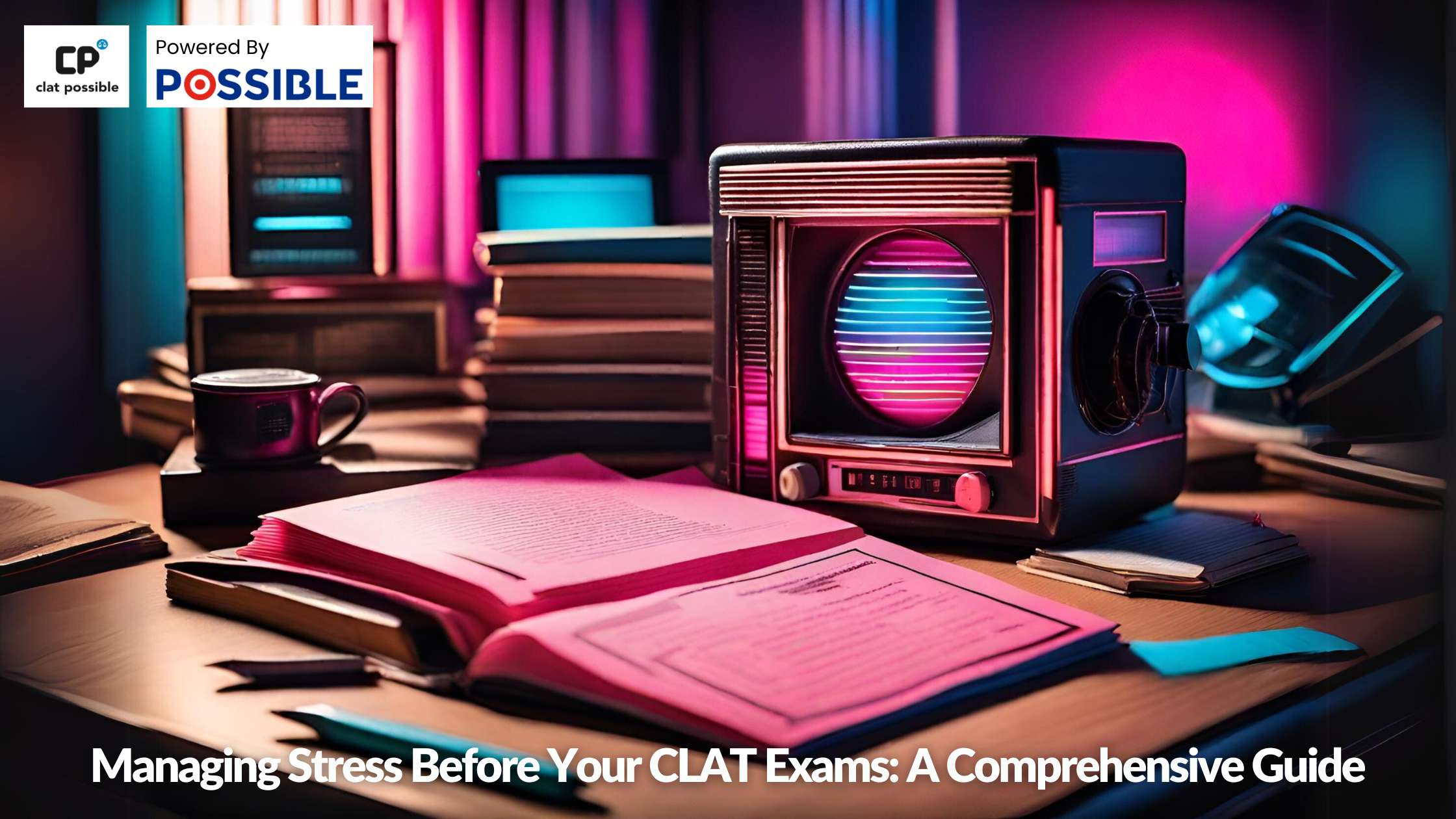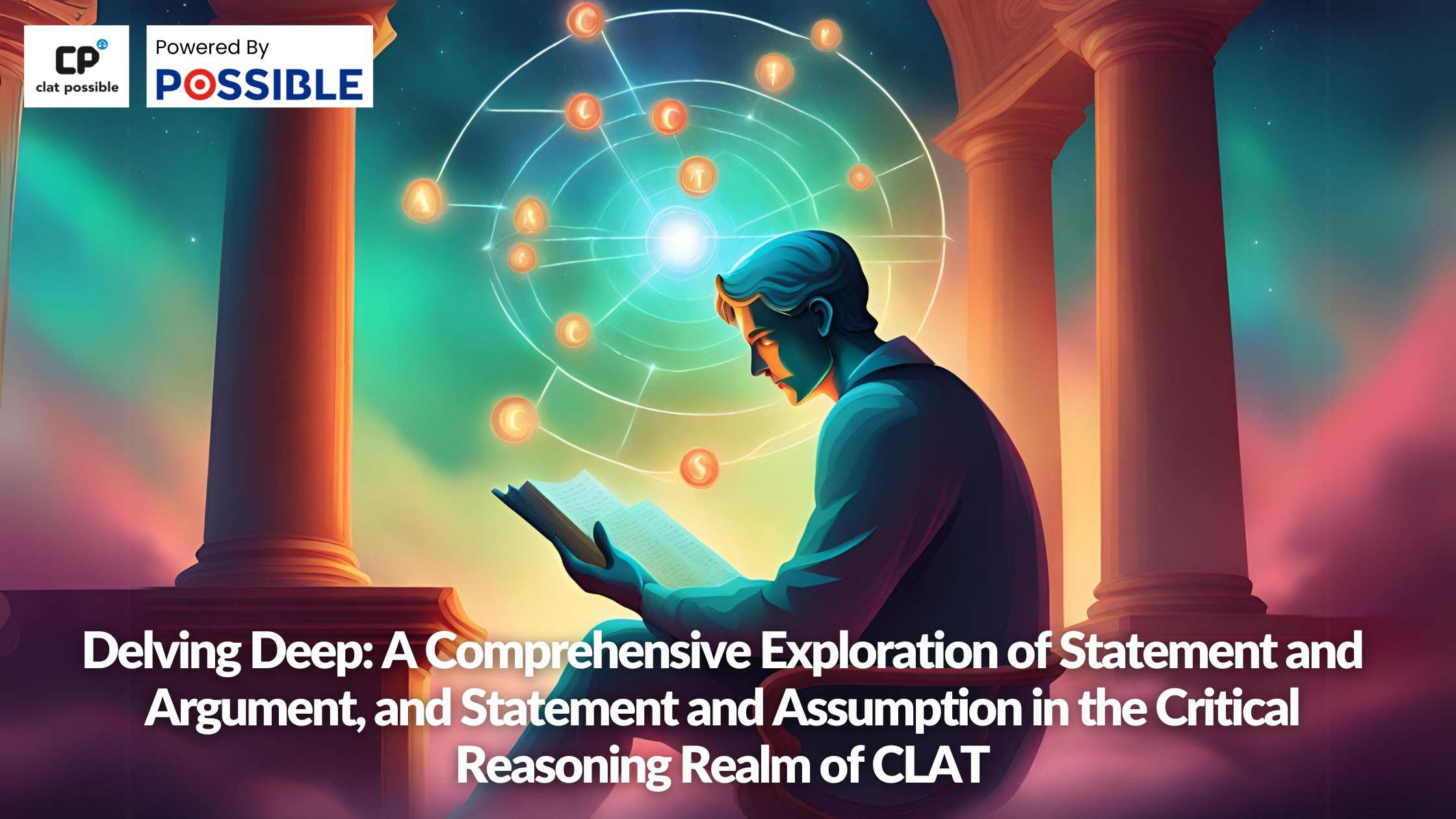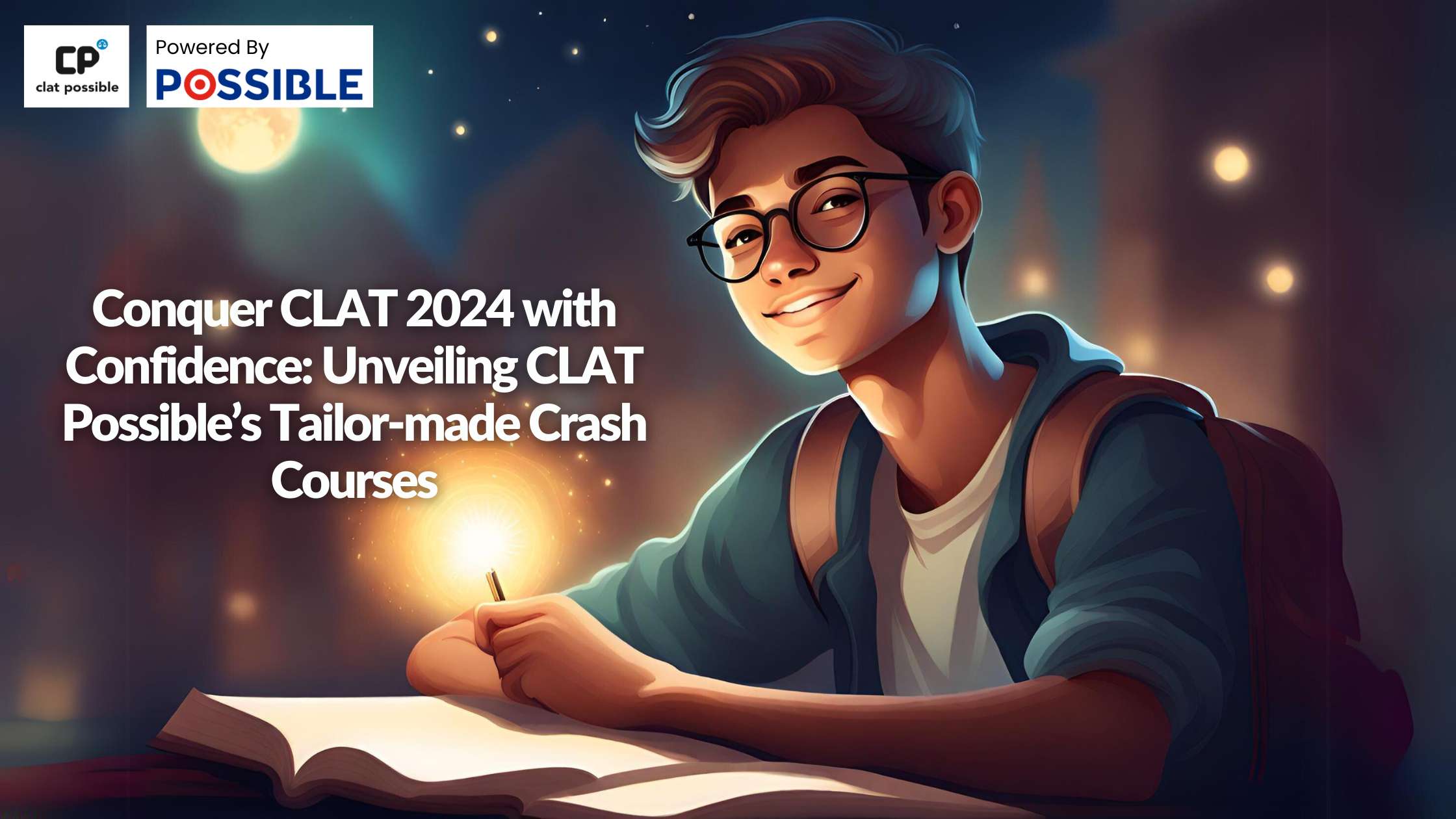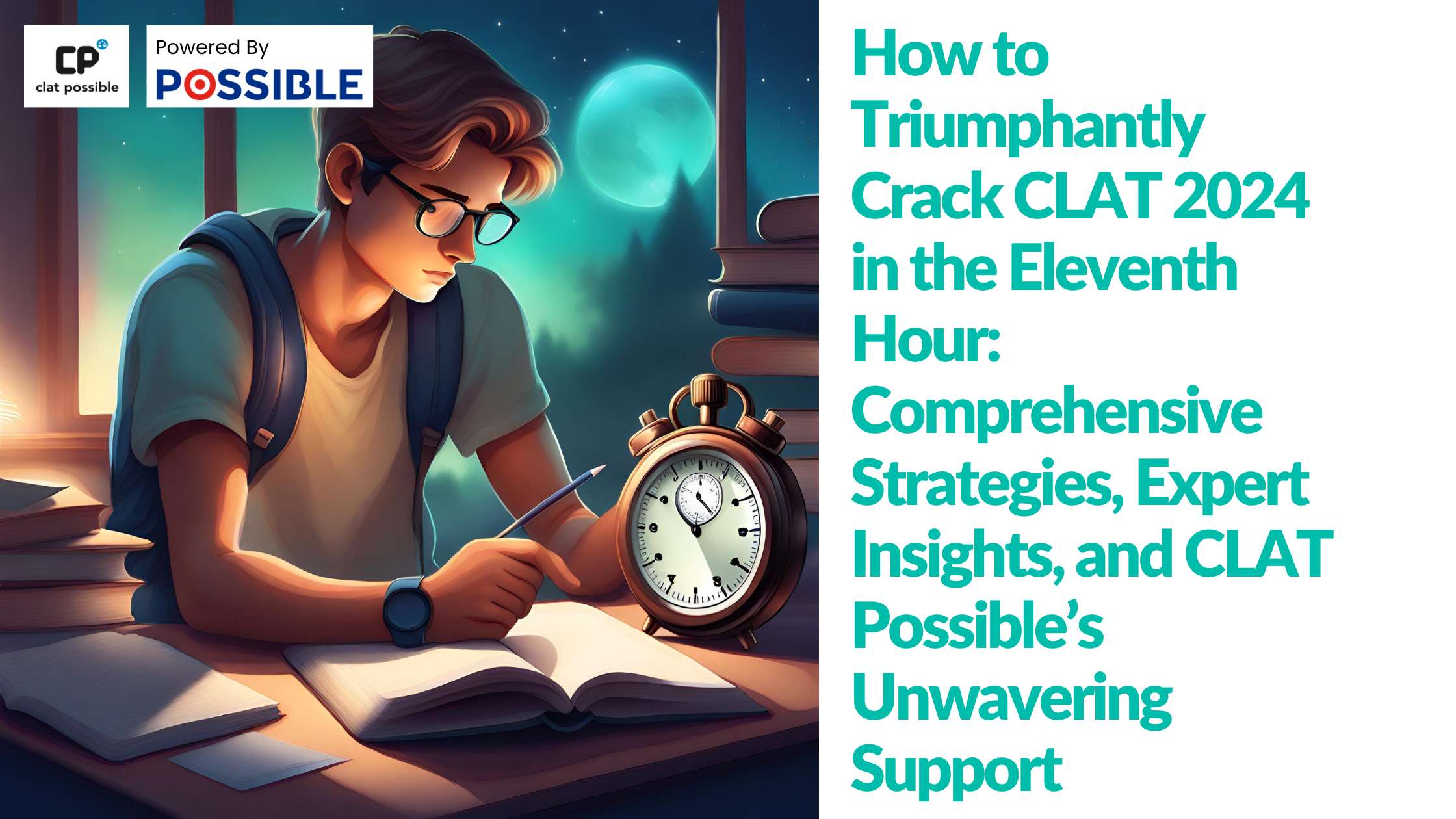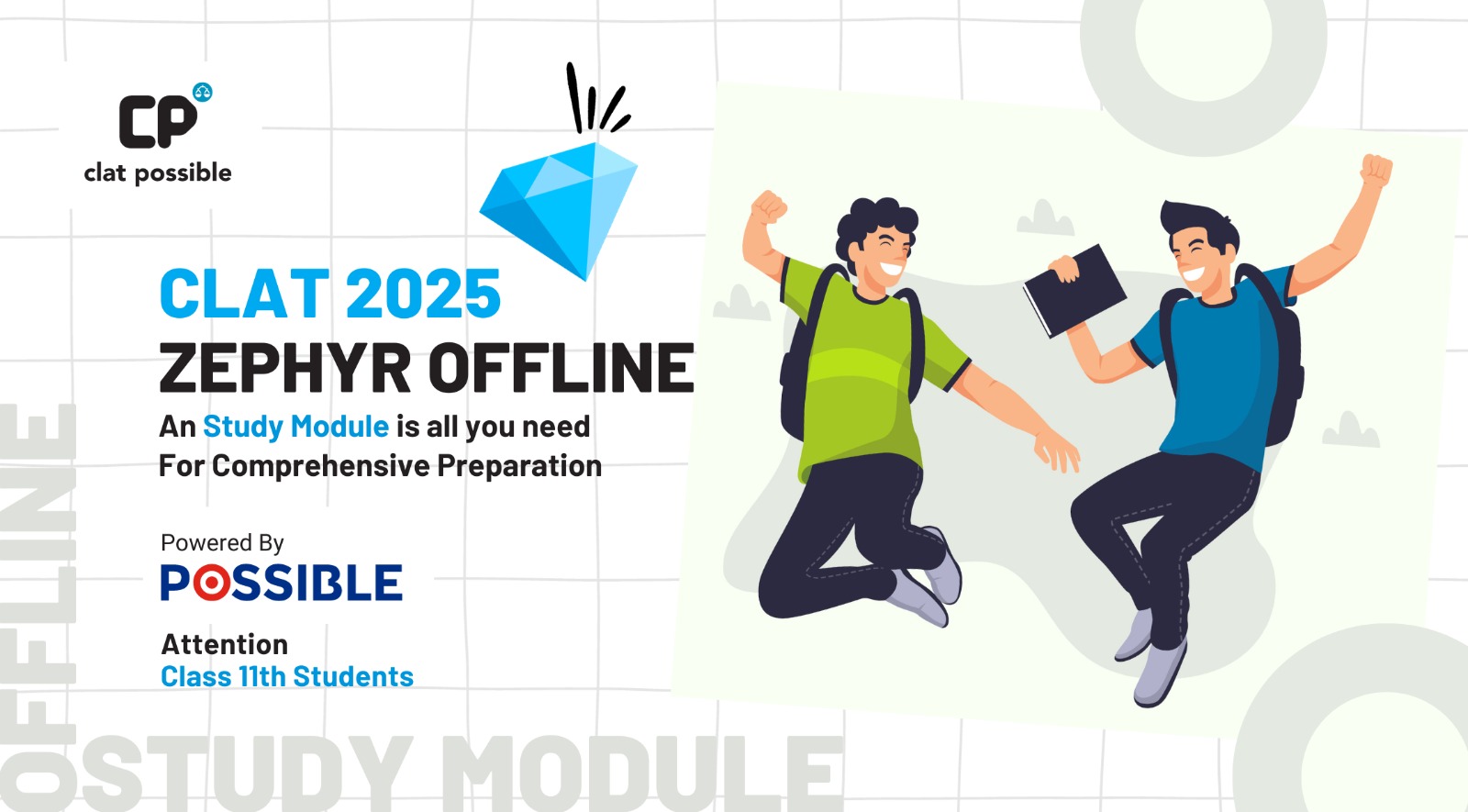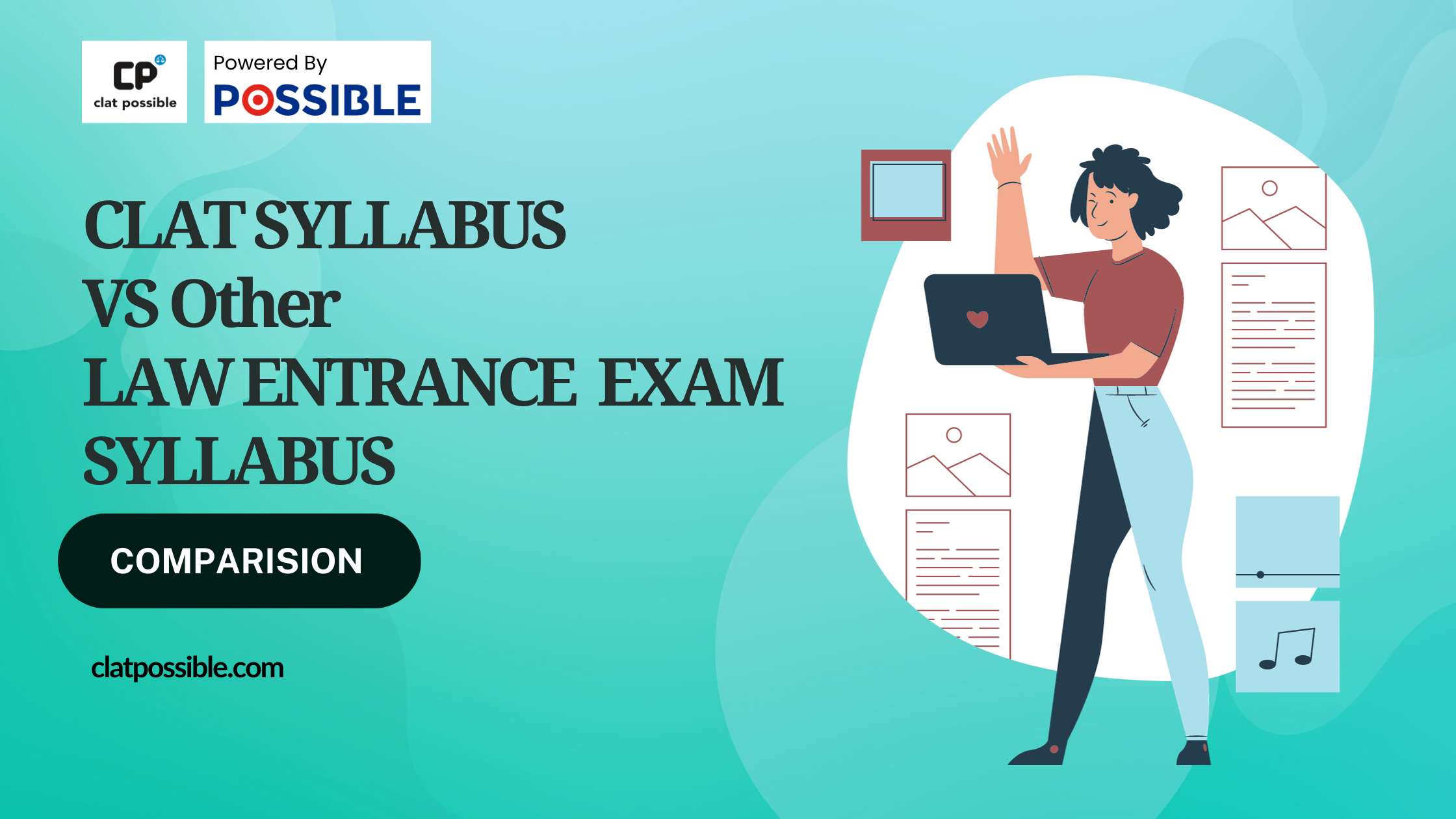
Navigating the vast ocean of law entrance exams in India can be daunting, especially when it comes to distinguishing between the various syllabi. The Common Law Admission Test (CLAT) is one of the most prestigious of these exams. But how does its syllabus stack up against others? Here’s a comprehensive comparison of the CLAT syllabus and the syllabi of other major law entrance exams.
Introduction
Law aspirants often find themselves in a conundrum when deciding which entrance exam to prepare for. A clear understanding of the syllabi can not only guide preparation but also help candidates leverage their strengths.
CLAT Syllabus: An Overview
English including Comprehension: Tests the candidates’ proficiency in English.
General Knowledge & Current Affairs: National and international current affairs.
Elementary Mathematics (Numerical Ability): Topics up to the class 10th level.
Legal Aptitude: Tests interest towards study of law, legal propositions, and problem-solving ability.
Logical Reasoning: Includes syllogisms, logical sequences, and analogies.
Comparison with Other Major Law Entrance Exams
AILET (All India Law Entrance Test)
English: Comparable to CLAT with reading comprehension, fill in the blanks, and vocabulary.
General Knowledge: Includes both current affairs and static GK.
Legal Aptitude: A little more detailed than CLAT. It includes legal propositions and reasoning questions.
Reasoning: Focuses on logical and analytical abilities.
Elementary Mathematics: Similar to CLAT but with slightly different types of questions.
LSAT-India (Law School Admission Test-India)
Focuses heavily on Reading Comprehension, Analytical Reasoning, and Logical Reasoning.
No questions on General Knowledge or Mathematics.
Legal knowledge is not directly tested, but skills relevant to the legal field are.
MH CET Law (Maharashtra Common Entrance Test for Law)
English: Focuses on synonyms, antonyms, and reading comprehension.
General Knowledge: A mix of current affairs and static GK.
Legal Aptitude: Emphasizes legal facts, principles, and conclusions.
Logical & Analytical Reasoning: Similar to CLAT with added emphasis on blood relations and series.
Mathematical Aptitude: Basic mathematical concepts.
FAQs
Which exam has the toughest syllabus?
While subjectivity is at play, many aspirants feel that AILET tends to be tougher due to its detailed legal aptitude section.
Do I need to study differently for CLAT and other law entrance exams?
Core subjects like English, GK, and Logical Reasoning are common. However, focus areas might change. For instance, if you’re also preparing for LSAT-India, enhance your reading comprehension and reasoning skills.
How often is the CLAT syllabus updated?
The CLAT syllabus remains largely consistent, but minor changes can be made. It’s always good to refer to the official website for the latest syllabus.
Are there any exams that don’t test mathematics?
Yes, LSAT-India doesn’t have a mathematics section.
Conclusion
While the core components of the syllabi remain similar across exams, the nuances and focus areas differ. Aspirants should tailor their preparation strategy based on the specific demands of each exam. Remember, understanding the syllabus is the first step in the journey of cracking any entrance test.
For more informative blogs on CLAT 2024 preparation, Click Here!

